My heart grieves the pain and unrest our country is experiencing. It makes me reflect on some of our own family’s experiences with white preference and prejudice. I want to share this post again that I wrote a few years ago when our son, Jacob, carried the Venezuela flag in the opening ceremony of Abilene Christian University. To most people the ceremony was about the beginning of a new semester, and the international flags were about the countries that the students represented. But to me, the flags represented a long journey–our son’s journey–to figure out part of his identity in a city where racial issues complicated his answer to the question, “Who am I?”
But to me, the flags represented a long journey–our son’s journey–to figure out part of his identity in a city where racial issues complicated his answer to the question, “Who am I?”
“Who am I?”
That’s the question that typical teenagers ask as they trudge through adolescence. It can be grueling as they seek the answer to that seemingly simple question. For anyone in near proximity, the process can be downright painful to watch, even dangerous if you get too close.
If the question is hard enough for the “typical teenager”, if those actually exist, imagine what happens when a teenager, or his family, isn’t “typical”. I didn’t feel like our family was very different from the family next door. We were two parents loving our four kids. But the fact that we looked different–and happened to move to Texas from Venezuela–meant that our family wasn’t “typical” after all.
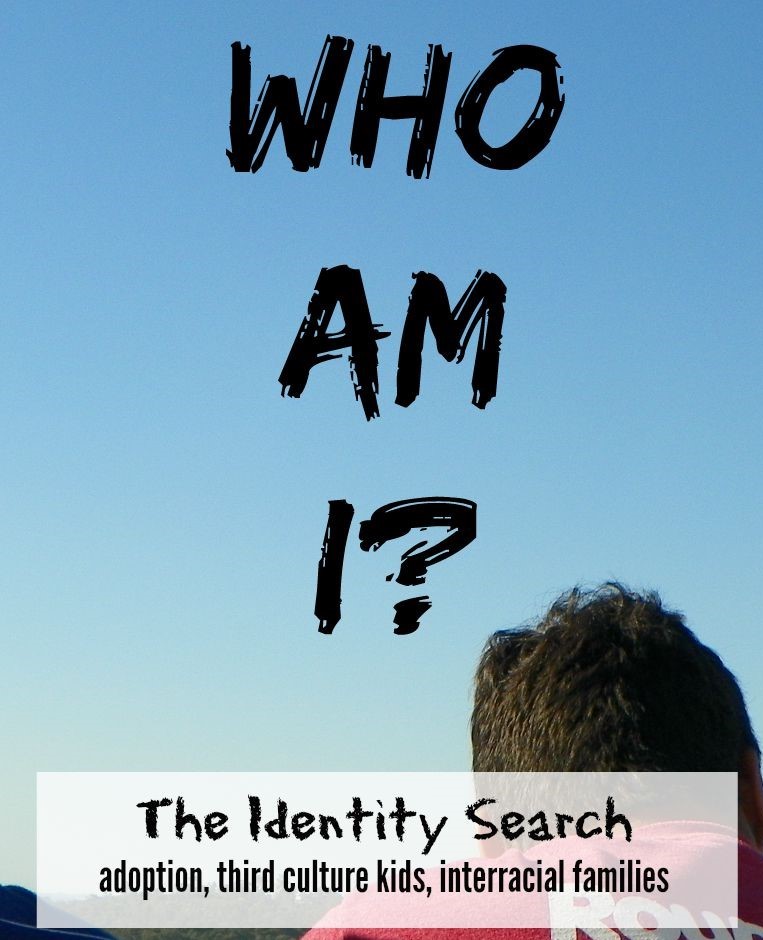
This fact, that our family’s appearance complicated our kids’ identity journey, is one of those areas of our adoption journey that I underestimated. I was aware that looking different would be an issue. I was unaware that it would be such a big issue.
We have two biological kids with a set of twins in the middle who we adopted while we lived in Venezuela. Our oldest and youngest sons look like “typical” North American middle class blondies—they were easy for others to neatly categorize in a box (although they had their own atypical issues feeling a little more Venezuelan than Texan, but that’s another story).
Our twins, on the other hand, confused people because others didn’t know what “box” to put them in, especially because we moved to West Texas. Each region has its unique racial boxes and stereotypes; and in some regions the lines are drawn thicker than in others. In our kids’ world in Abilene, Texas, the boxes were white, black or Mexican. It took us by surprise since none of those boxes even existed in Venezuela—they have boxes too, they are just different. Our kids didn’t even have vocabulary for these boxes, much less know where they fit.
 Since our family looks different, the questions began in elementary school. “Is that really your mom?” “Why are you so dark and your parents aren’t?” “Are you half-breed?” “That can’t be your brother.” “So where are you from?” “You’re not Mexican?” So many questions, so few boxes.
Since our family looks different, the questions began in elementary school. “Is that really your mom?” “Why are you so dark and your parents aren’t?” “Are you half-breed?” “That can’t be your brother.” “So where are you from?” “You’re not Mexican?” So many questions, so few boxes.
So the quest began–ready or not–to figure out, “Who am I?” Since others were asking the questions, our twins began to look for the answer.
Most assumed that the twins fit neatly in the Mexican box since they are from south of the border. But it’s not that simple. Their heritage is different. We ate cachapas with white cheese in Venezuela instead of enchiladas with jalapeños, and we celebrated Independence Day on “Cinco de Julio”, not on “Cinco de Mayo”. In other cities there may have been space for the twins in a broader Hispanic box, but in Abilene the box is Mexican, and few kids, or adults, even know where Venezuela is.
I was caught off guard by this messy journey. I didn’t know that I’d have to explain to my daughter what the girl in the cafeteria meant when she said, “half-breed”. I was surprised when Jacob wanted me to buy long sleeve shirts so that others wouldn’t see how dark he was. He asked me to park down the street and not enter the school for pick-up so the kids wouldn’t see how different we are. And there was the dilemma of what kind of shorts to buy. In fourth grade Jacob noticed that white boys wore cargo shorts, Mexicans wore blue jean shorts, and blacks wore athletic shorts. Jacob noticed the subtle lines defining the boxes that I never picked up on. What kind of shorts was I supposed to buy for Jacob, a Venezuelan in a “white” family?
 There were a few years that the science unit on genetics stirred the gene pool pot—dominant genes, recessive genes, “your guess is as good as mine” genes. Could their parents curl their tongue, wriggle their ears or wave their eyebrows? We had some fun making up answers, but their homework was a reminder that we didn’t have all the answers to the question, “Who am I?”
There were a few years that the science unit on genetics stirred the gene pool pot—dominant genes, recessive genes, “your guess is as good as mine” genes. Could their parents curl their tongue, wriggle their ears or wave their eyebrows? We had some fun making up answers, but their homework was a reminder that we didn’t have all the answers to the question, “Who am I?”
The quest became more complicated as the twins grew older. On the first day of middle school they walked into the cafeteria and had to decide if they would sit with the Mexicans, blacks or whites, because although the school district was desegregated, the cafeteria was not. One lunch period a white girl chewed out Jessica for sitting in the “wrong” section. And one day after school, Jacob said, “I’m not sure what to do after lunch. When everyone finishes eating, the blacks play football against the whites.” Fortunately, he was a good enough athlete that they both invited him to their team (racial lines get blurred for good athletes). It just made him ask that question again, “Who am I?”
 Our family still laughs about a lady who approached us in a restaurant when the twins were in high school. Convinced that Jacob was an exchange student, she felt compelled to come to our table to welcome him to our country in loud and slow Texan English. She was impressed at how well he answered her in English without an accent. Either she couldn’t hear us because she was speaking so loud, or her English wasn’t as good as Jacob’s, because she never understood that he was our son. She just didn’t have a box for our family.
Our family still laughs about a lady who approached us in a restaurant when the twins were in high school. Convinced that Jacob was an exchange student, she felt compelled to come to our table to welcome him to our country in loud and slow Texan English. She was impressed at how well he answered her in English without an accent. Either she couldn’t hear us because she was speaking so loud, or her English wasn’t as good as Jacob’s, because she never understood that he was our son. She just didn’t have a box for our family.
Of course the answer to the question, “Who am I?” goes deeper than the color of skin or place of birth, but as we watched our kids’ journeys we realized that they had to get comfortable with the superficial before they could go deeper. The question demanded perseverance, lots of processing and honest conversations—more than I ever expected.
 The honest conversations forced me to be honest too. There were issues that I would have overlooked if we only had white kids, but our twins’ journey made me face some tough realities. I had to accept that a teacher was prejudice. One of Jacob’s white buddies finally convinced me that the English teacher really was unfair to Jacob. I had to admit that our white kids enjoyed preferential treatment, and that our Venezuelan kids experienced prejudice. I had to be honest with our city’s culture that permeates the schools and churches.
The honest conversations forced me to be honest too. There were issues that I would have overlooked if we only had white kids, but our twins’ journey made me face some tough realities. I had to accept that a teacher was prejudice. One of Jacob’s white buddies finally convinced me that the English teacher really was unfair to Jacob. I had to admit that our white kids enjoyed preferential treatment, and that our Venezuelan kids experienced prejudice. I had to be honest with our city’s culture that permeates the schools and churches.
That’s why yesterday’s flag ceremony was so significant to me. When Jacob marched into the coliseum waving the Venezuelan flag in front of thousands of people, I knew that he was finally comfortable with one level of the question, “Who am I?” And the flag that he waved showed that he was proud of the answer. He’s not just okay with being Venezuelan, he’s proud to be Venezuelan. Even if others don’t have a box for it.
 “Who am I?” That question is so much deeper than color of our skin or what flag we carry. But the boxes, I’m afraid, make it harder for our kids to respond to the depths of the important question. No matter what color they are.
“Who am I?” That question is so much deeper than color of our skin or what flag we carry. But the boxes, I’m afraid, make it harder for our kids to respond to the depths of the important question. No matter what color they are.
And those boxes, they mess with another important question too…
“Who is he?” or “Who is she?”
It’s another question that gets the short answer because of the boxes. We put people into categories without taking the time to go deeper. I didn’t like it when teachers and coaches didn’t make the effort to go deeper with my kids. But I have to be honest that I default to the same quick answers. Boxes are quicker and convenient. But they come at a cost. We miss getting to know the person on the inside.
Our kids’ journeys, and our family’s journey, will continue. There will always be complexities because, unfortunately, the boxes still exist. I confess that if we didn’t have this journey with our twins, I wouldn’t be aware of the impact of these boxes we quickly put people in based on the color of their skin. I’ve overlooked the pain and complexities for years until it became our own family’s journey of pain.
I pray for our kids’ journey. Our family’s journey. Our country. And this world. The boxes may be different, but they exist everywhere.
I hope we learn to answer, “Who am I?” and “Who is she?” beyond the quick short answer the culture gives us.
May we have courage to look deeper. See beyond the boxes. Know and love beyond the superficial.



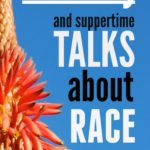
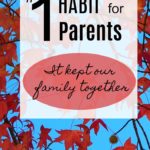
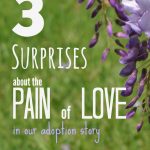
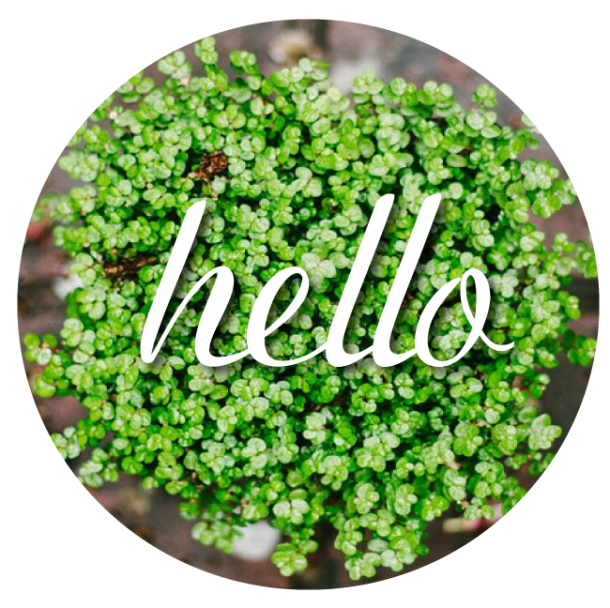
Brilliant post on some of the complexities. So sorry your kids had to go through some of that pain (the shorts story squeezed my hearrt!) but so glad you could work through some of it with them. Thanks for sharing.
Thank you. Complexities — a good word to describe it all.
I remember the first time my mom brought up “races”. I was 3 and it went quickly like this “your skin is pale/peach, some people have dark brown skin and we call that back, some people have light brown and many other colors…. but no matter the color they are just people… Right?!??” I thought about it and enthusiastically answered “Yes, of course!” And that was that. Now raising my kiddos and longing to travel and do missions wherever we are called it is good to consider that we probably won’t fit in and that may send the kids searching. As well as we may find our new family member in another country. (I’ve always had a heart for adoption)
Whenever I am blessed to meet a blended-complex family, when it is appropriate, I love to ask, “What is you family’s story; how was your family blessed?” Sometimes they seem annoyed and just list their kids nationalities, and others beam and want to tell me all about the joy these special kids bring into their families.